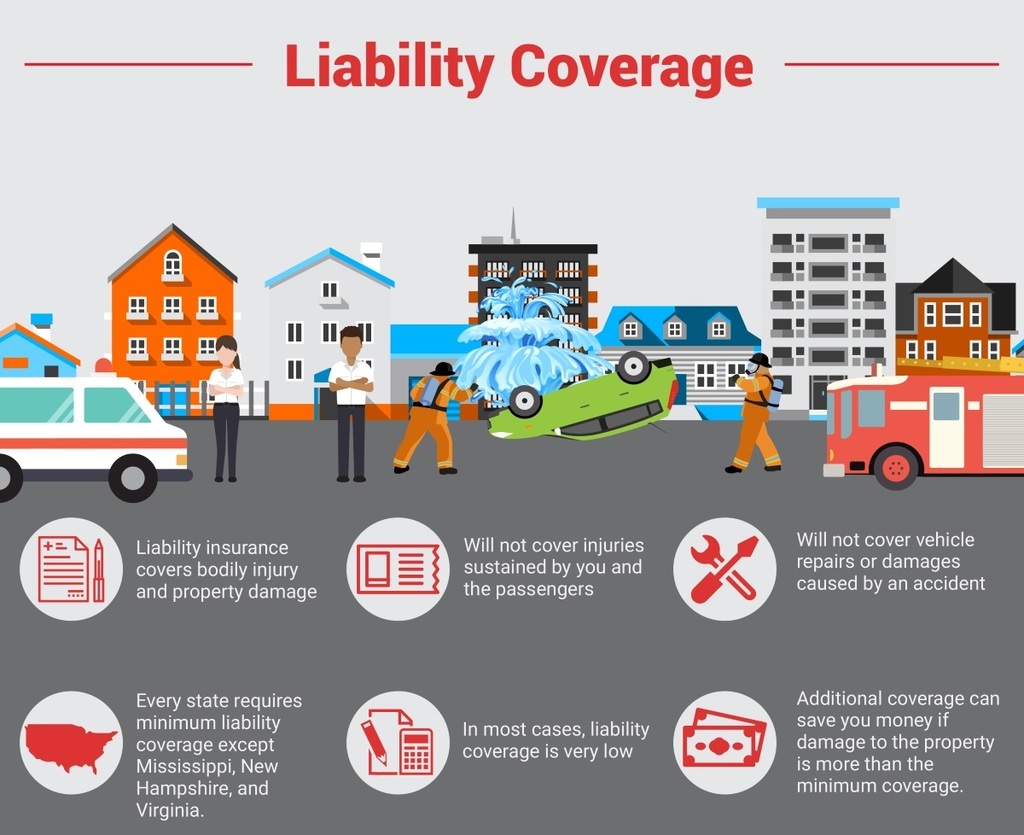Liability car insurance plays a crucial role in protecting individuals from financial liabilities arising from accidents involving their vehicles. This comprehensive guide delves into the intricacies of liability coverage, exploring its types, factors influencing its costs, and strategies for choosing the right policy.
As we delve deeper into the subject, we will uncover the nuances of bodily injury liability, property damage liability, and personal injury protection. Real-life scenarios will illustrate the practical applications of each coverage type, highlighting the significance of maintaining adequate liability limits.
Types of Liability Car Insurance Coverage
Liability car insurance coverage protects drivers from financial responsibility for injuries or damages caused to others in an accident. There are three main types of liability coverage:
Bodily Injury Liability
Bodily injury liability coverage pays for medical expenses, lost wages, and other damages suffered by individuals injured in an accident caused by the insured driver. This includes passengers in the insured’s vehicle, pedestrians, and occupants of other vehicles.
Property Damage Liability, Liability car insurance
Property damage liability coverage pays for repairs or replacement of property damaged in an accident caused by the insured driver. This includes vehicles, buildings, fences, and other objects.
Personal Injury Protection (PIP)
Personal injury protection (PIP) coverage provides benefits to the insured driver and their passengers, regardless of fault, for medical expenses, lost wages, and other damages resulting from an accident. PIP coverage can also include benefits for funeral expenses and loss of consortium.
Importance of Adequate Liability Coverage Limits
It is important to have adequate liability coverage limits to protect against the financial consequences of an accident. Insufficient coverage could leave the insured driver personally liable for damages that exceed the policy limits.
Factors that Affect Liability Car Insurance Costs

Insurance companies consider various factors when determining liability insurance rates. Understanding these factors can help you make informed decisions about your coverage and potentially reduce your premiums.
Driving History
Your driving record significantly impacts your insurance costs. Accidents, traffic violations, and other driving-related offenses can result in higher premiums. Maintaining a clean driving record is crucial for keeping your insurance rates low.
Vehicle Type
The type of vehicle you drive also affects your insurance costs. Sports cars, luxury vehicles, and vehicles with high-performance engines typically carry higher premiums than sedans or compact cars. This is because they are more likely to be involved in accidents or require expensive repairs.
Age
Age is another factor that insurance companies consider. Young drivers, particularly those under 25, often pay higher premiums due to their perceived higher risk of accidents. As you gain experience and age, your premiums may decrease.
Location
The location where you live can also impact your insurance rates. Areas with higher crime rates, traffic congestion, or natural disasters tend to have higher insurance costs. This is because insurance companies assess the risk of accidents and claims based on the specific location.
How to Choose the Right Liability Car Insurance Policy
When selecting a liability car insurance policy, it is crucial to carefully evaluate the available options to find the most suitable coverage for your specific needs and budget. Here are the key steps to consider:
Understanding Policy Terms, Conditions, and Exclusions
Before purchasing any policy, thoroughly review the terms, conditions, and exclusions to ensure a clear understanding of what is covered and what is not. Pay particular attention to the following aspects:
- Policy limits: The maximum amount the insurance company will pay for covered claims.
- Deductible: The amount you are responsible for paying before the insurance coverage kicks in.
- Excluded events: Situations or circumstances that are not covered under the policy.
Finding Reputable Insurance Providers and Getting Quotes
Research different insurance providers to identify reputable companies with a strong financial standing and positive customer reviews. Obtain quotes from multiple insurers to compare coverage options and premiums. Consider the following factors when evaluating quotes:
- Coverage limits and deductibles
- Premium costs
- Customer service ratings
- Financial stability of the insurer
Concluding Remarks
In conclusion, understanding liability car insurance is paramount for responsible drivers seeking financial protection. By carefully considering the factors that impact premiums, comparing policies, and seeking reputable insurance providers, individuals can make informed decisions that safeguard their assets and well-being in the event of an accident.
FAQs: Liability Car Insurance
What are the key differences between bodily injury liability and property damage liability?
Bodily injury liability covers injuries sustained by others in an accident caused by the policyholder, while property damage liability covers damage to property belonging to others.
How can I reduce my liability insurance costs without compromising coverage?
Maintaining a clean driving record, choosing a vehicle with a good safety rating, and opting for higher deductibles can help lower premiums while preserving essential coverage.
